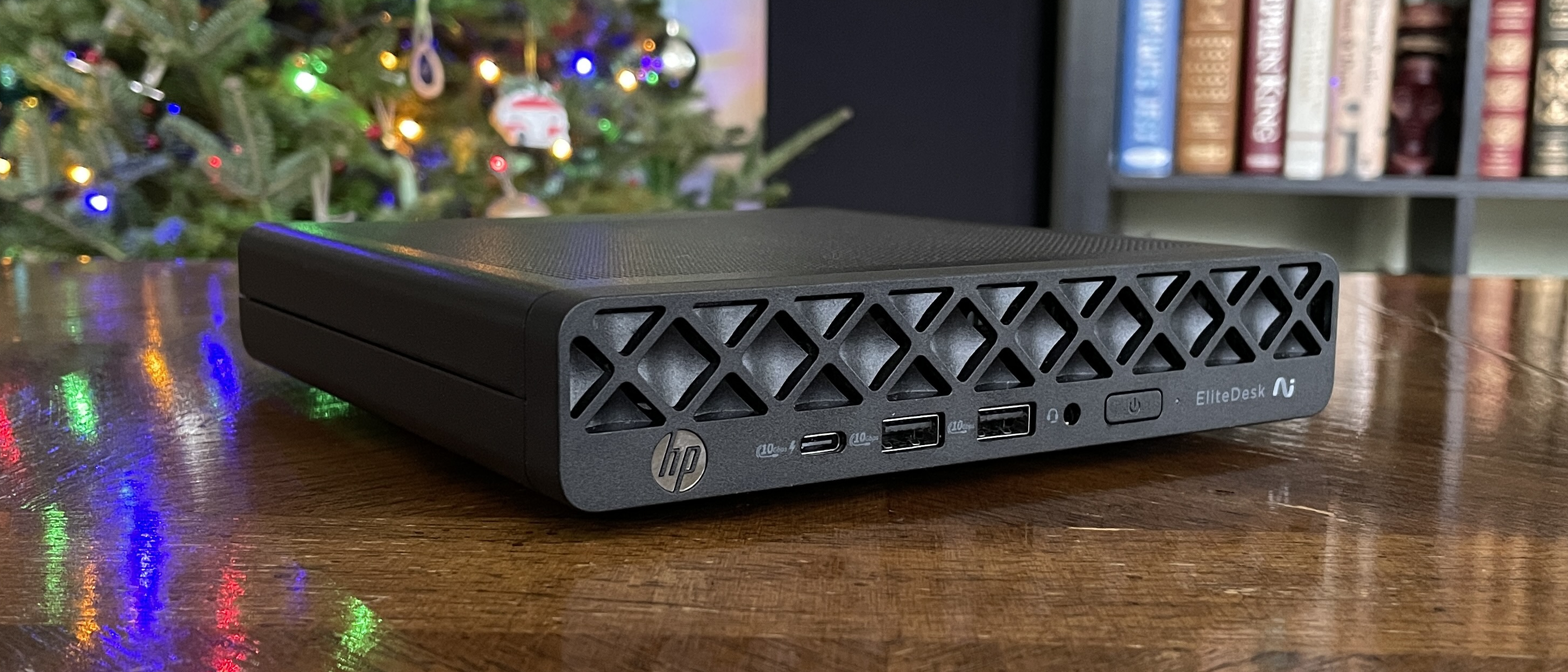Tencent revealed a massive new Intel gaming handheld with a unique feature similar to the Nintendo 3DS
Legion Go used to be the largest gaming handheld with its 8.8-inch display, but the Tencent x Intel 3D One reportedly has an 11-inch screen.
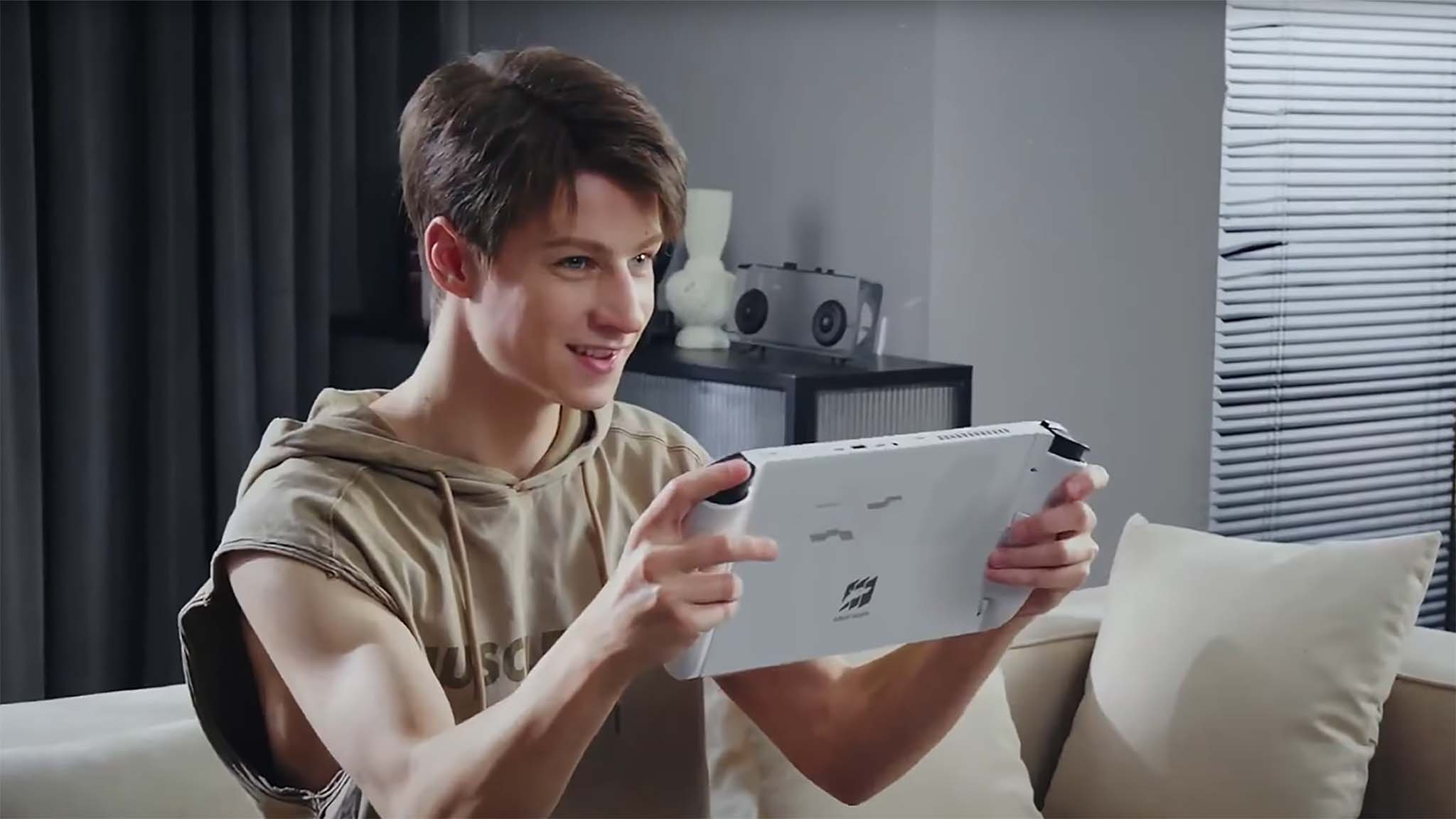
What you need to know
- According to a report, Tencent has revealed a new gaming handheld called the 3D One that is being created with the help of Intel.
- This device is rumored to feature 3D screen technology, an Intel Lunar Lake processor, 32GB RAM, and 1TB SSD.
- It seems to have removable controllers similar to the Nintendo Switch and also has a massive 11-inch display, making it larger than the Legion Go.
- As of now, we don't know when/if it will be released or how much it will cost.
- OPINION: The specs on this experimental device seem far too premium and lofty to actually become a mainstream product.
Yesterday, the massive Chinese technology company Tencent revealed it has been developing a new gaming handheld and getting technical support for it from Intel (first reported by IT Home and followed up by Wccftech). Using Google Translate on the original IT Home post, I've read that this is apparently an experimental product designed with "naked-eye 3D technology."
👆 A video posted by VideoCardz advertises the 3D One's eye-tracking feature.
Along with the 3D capabilities, it seems that the 3D One offers eye tracking. A video posted by VideoCardz advertises this feature and shows a boy playing with the gaming handheld without seeming to look at its screen. I'm not sure if this is intended to just represent that he's focusing on 3D elements or if he's actually looking at a TV in the distance. If it's the latter, this device might work somewhat like the Nintendo Wii U, allowing people to see certain details on the handheld screen and other details on their TV.
Price: Unknown
APU: Intel Core Ultra 7 258SV
GPU: Intel Arc 140V (Xe2-LPG architecture)
Display: 11-inch 2.5K (2560x1440), 120Hz
Memory: 32GB LPDDR5x
Storage: up to 1TB SSD
Battery: 100W charging, capacity unknown
OS: Unknown
Features: Naked-eye 3D, 3D eye tracking, detachable controllers, built-in kickstand
Ports: 2x USB-C, 1x USB-A, 1x microSD card reader, 1x headphone jack
Release date: Unknown
Since this is an experimental product, it's unclear if or when it will release or how much it will sell for. As of right now, we know a few of its specs and they seem rather costly. First off, this 3D One apparently features one of the latest Lunar Lake mobile APUs, specifically the Intel Core Ultra 7 358SV, accompanied by Intel Arc 140V graphics. It's unclear how this will match up to the more common AMD Z1 Extreme APU used in Legion Go and ROG Ally or, more importantly, the confirmed upcoming Z2 Extreme chip, but it is possible that it could produce good performance overall.
You'll note from the included pictures and the video above that this gaming handheld is massive. Most PC gaming handhelds on the market, including Steam Deck, ROG Ally, and MSI Claw, have a 7-inch display. The Legion Go has been the largest so far, with its 8.8-inch screen. However, the 3D One will outdo Lenovo's device with its massive 11-inch 2.5K panel that supposedly supports up to a 120Hz refresh rate. So this is a huge device that really starts to stretch the whole "handheld" genre. Response time is yet unknown.
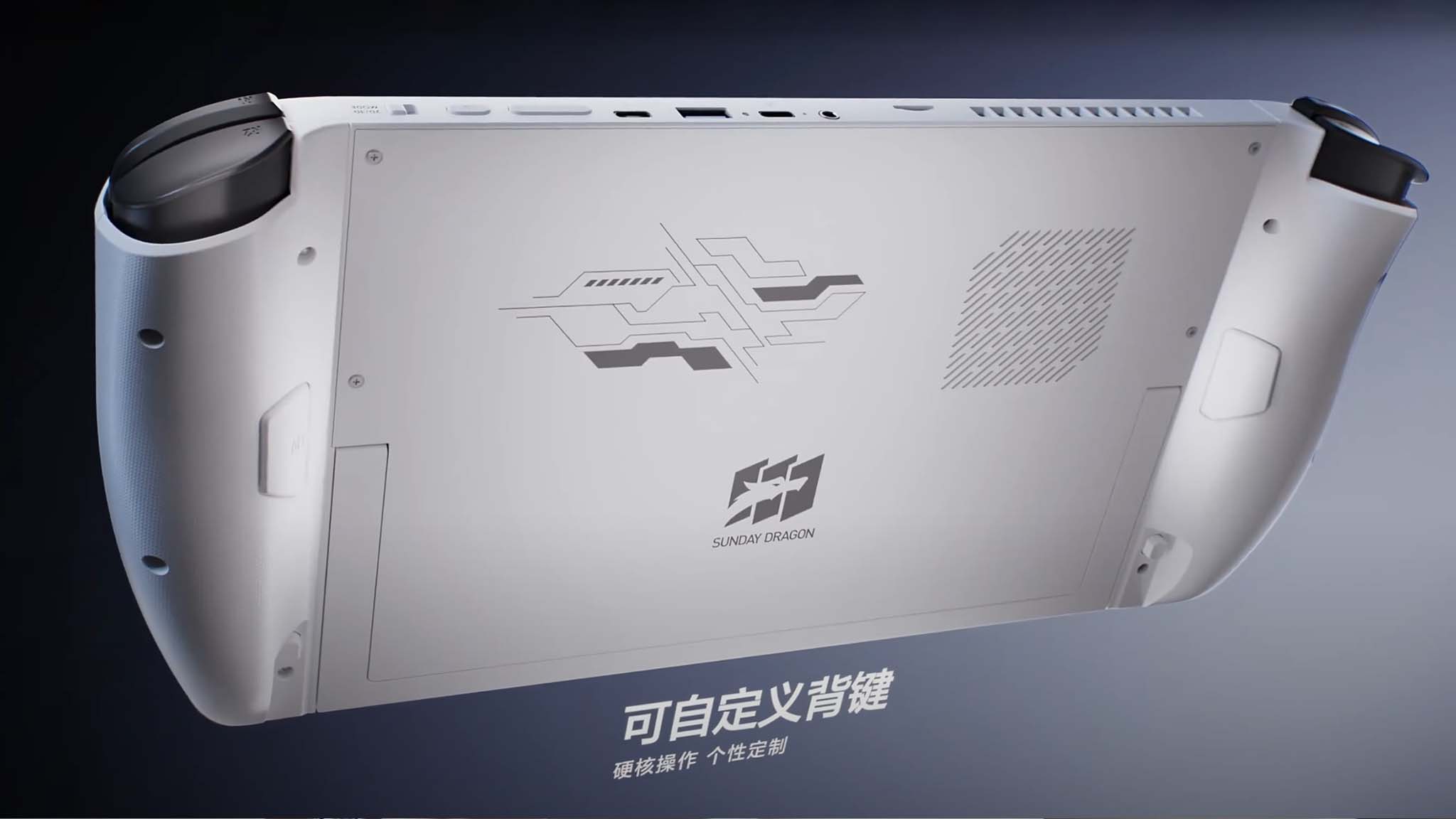
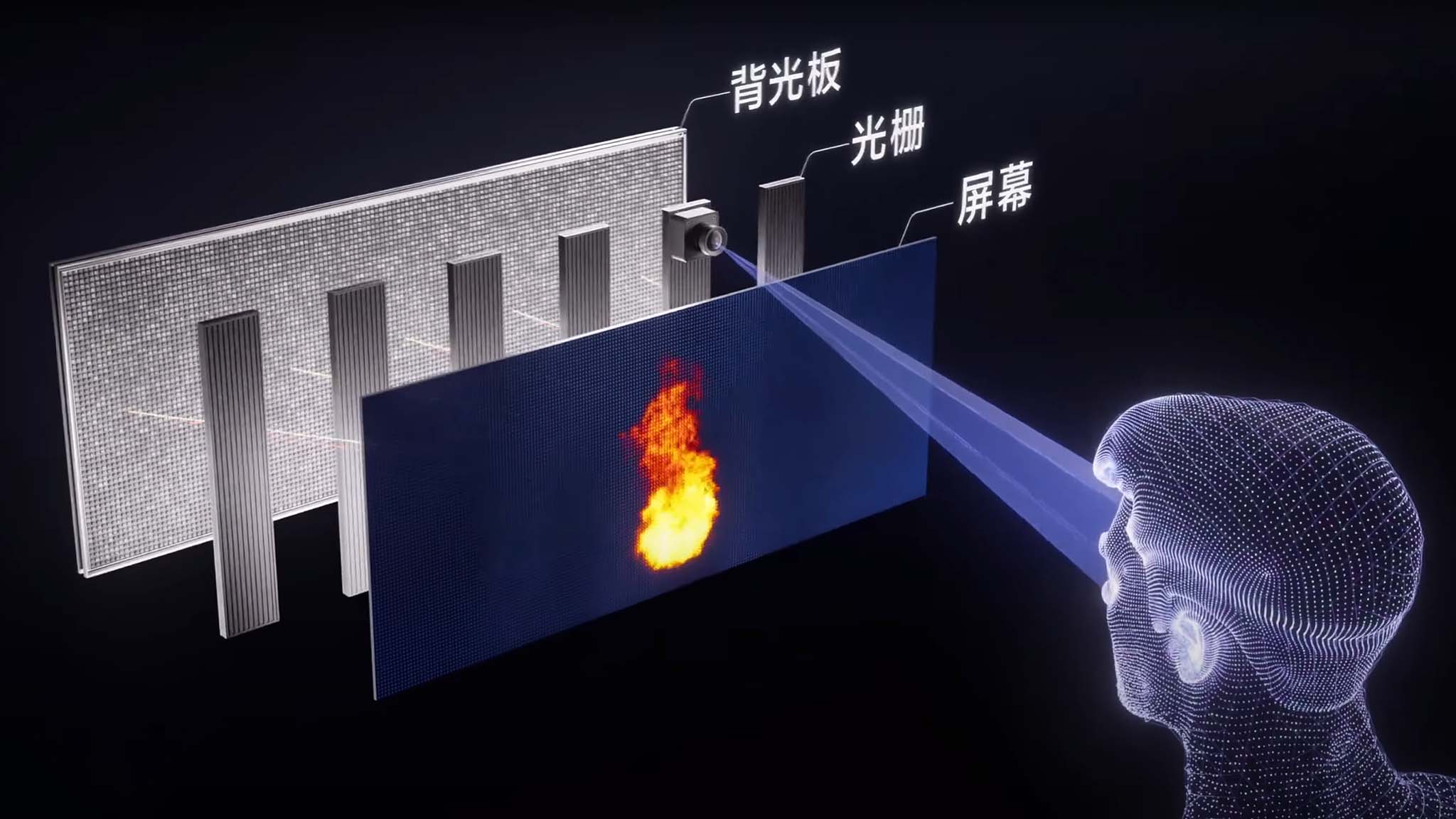
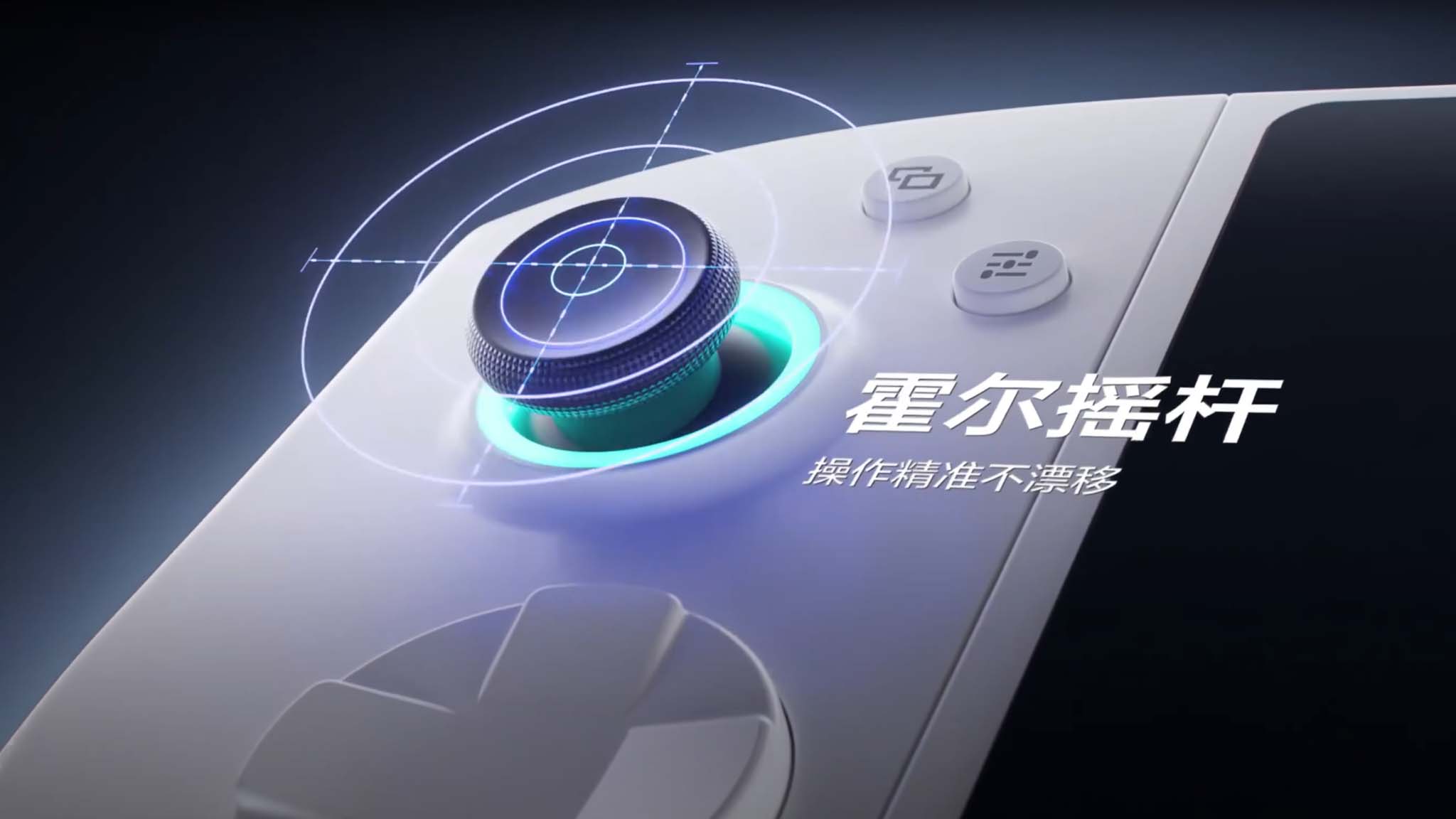
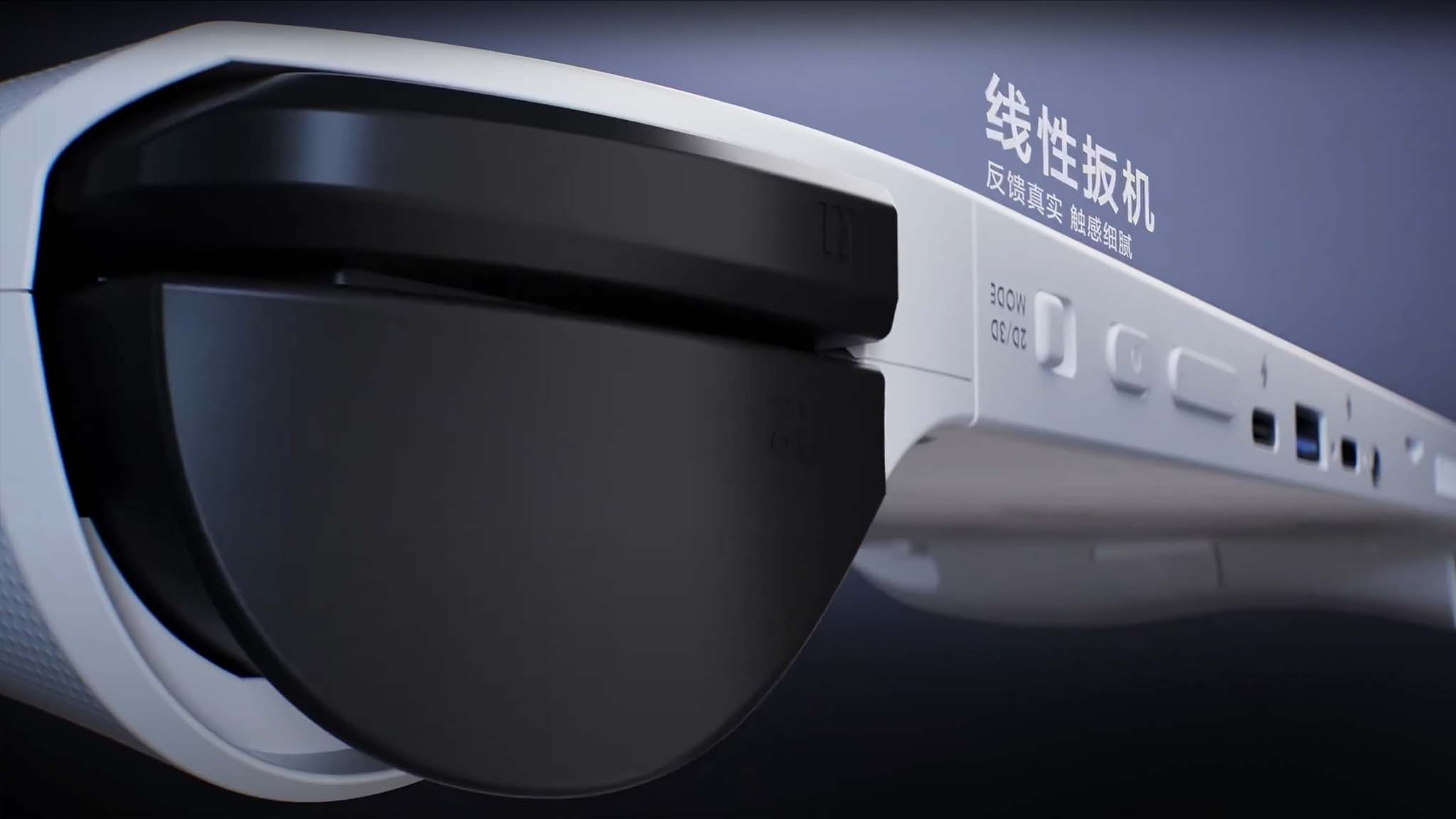
Like the Legion Go, the 3D One appears to have detachable controllers and a built-in kickstand that runs along the bottom of the main device. Being able to play in tabletop mode, like a Nintendo Switch, will help alleviate what I assume will be the relatively heavy weight of the gaming handheld. It looks like there are release buttons on the lower backside of the controllers.
From the pictures, it looks like this device will feature two USB-C ports, a USB-A port, a microSD card reader, and a headphone jack. Next to the power button, there is a 2D/3D Mode switch, so it appears users will be able to swap viewing modes as needed, similar to an option available on the Nintendo 3DS. I also used the Google Translate app to translate the Chinese characters on some images, and the one with a closeup of a joystick translated to "Hall rocker precise operation without drift," which sounds like it has Hall Effect joysticks.
All the latest news, reviews, and guides for Windows and Xbox diehards.
🔥The hottest Black Friday deals🔥
- 🎮ASUS ROG Ally (Ryzen Z1) | $349.99 at Best Buy (Save $150!)
- 💽MSI GeForce RTX 4070 + free game | $489.99 at Newegg (Save $87!)
- 💻Surface Pro 11 (X Plus) | $899.99 at Best Buy (Save $300!)
- 💽AMD Ryzen 5 7600X + free SSD (1TB) | $194.99 at Newegg (Save $74!)
- 📺HP Curved Ultrawide (34-inches) | $299.99 at Best Buy (Save $180!)
- 💾WD_Black Xbox Series X|S Card (1TB) | $99.99 at Best Buy (Save $50!)
🍁More great Black Friday deals🦃
- Best Buy: Big savings on video games, accessories, and more
- Walmart: Early savings on practically everything
- Target: Live deals on a huge range of products
- Dell: Top deals on laptops, gaming PCs, accessories, and more
- HP: Save big on laptops, desktops, accessories, and more
- Lenovo: Doorbuster deals on all Lenovo PCs, monitors, accessories, and more
- Newegg: Save on PC gaming accessories, components, and more
- Razer: Take advantage of free shipping for a limited time
- Samsung: Holiday deals on laptops, TVs, phones, and more are live
- Amazon: Constantly rotating sales on everything you can imagine
If this handheld releases, it's going to be extremely expensive
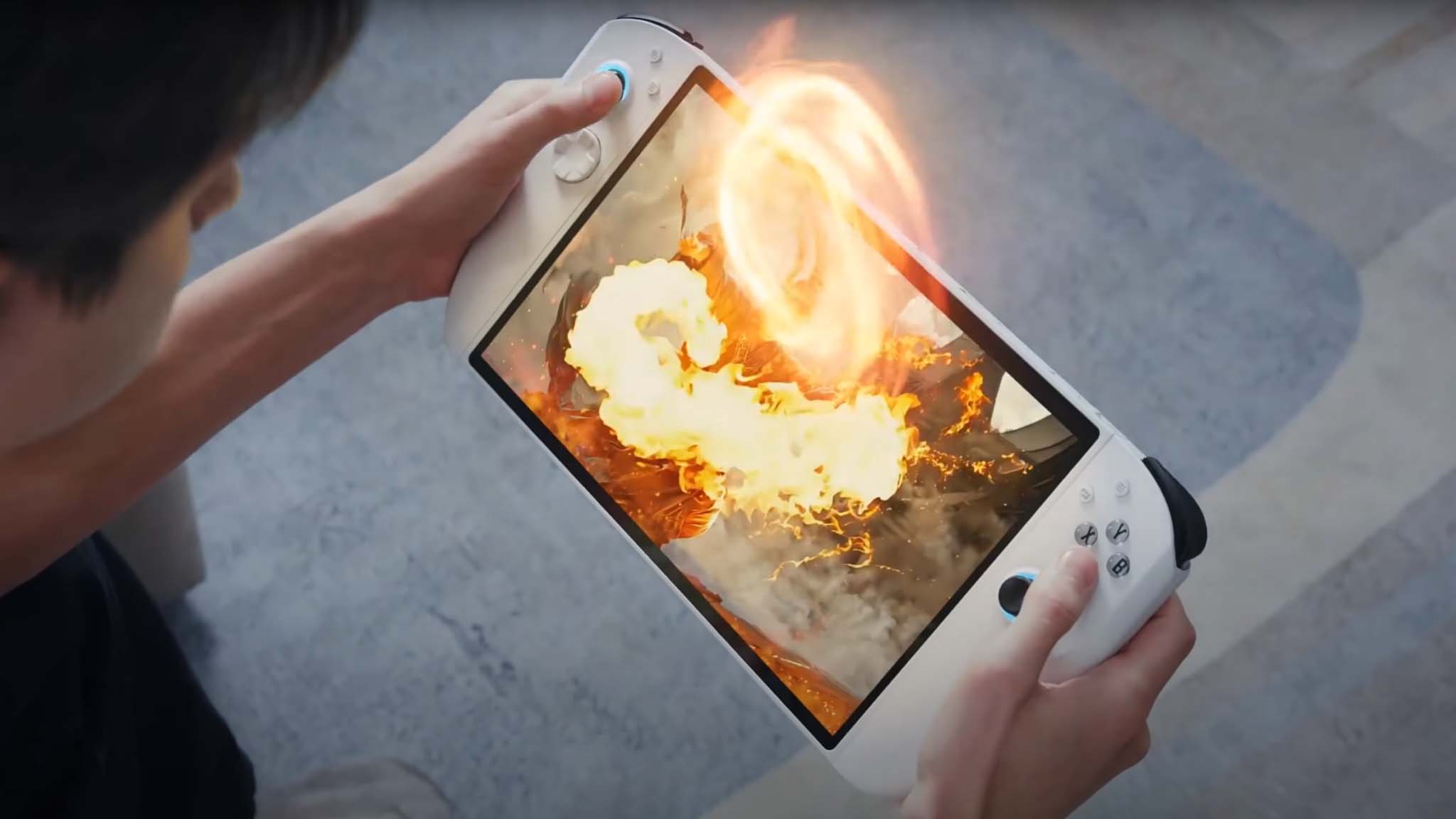
PC gaming handhelds have been very popular over the last three years, however, many of the companies creating them have made certain concessions to keep the prices down. Even then, many of these portable gaming machines are expensive. For instance, the ROG Ally has a starting price of $499.99 (although it is discounted to $349.99 at Best Buy right now).
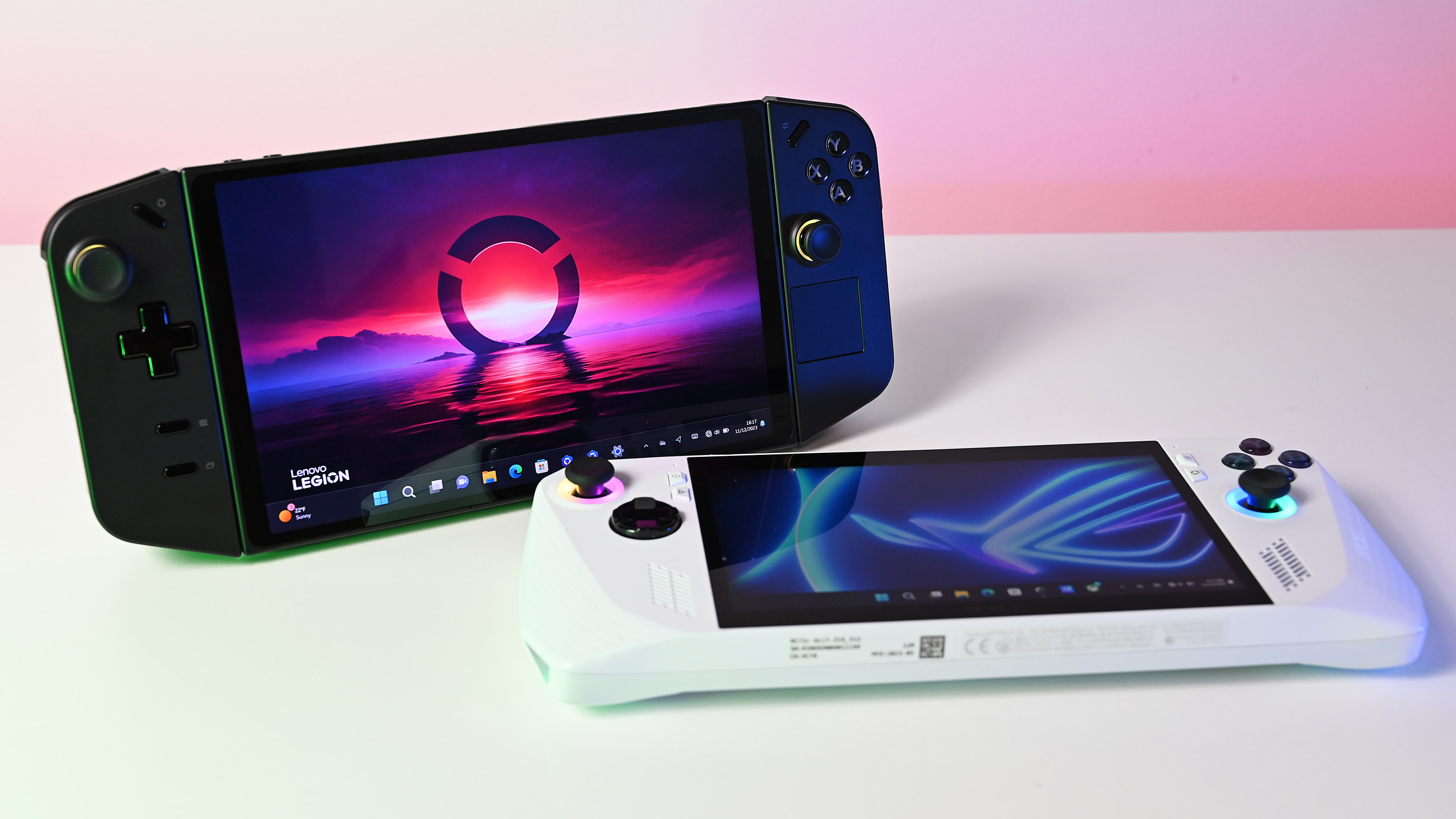
• Best gaming handhelds
• Best ROG Ally accessories
• Best Steam Deck accessories
• Best ROG Ally battery packs
• Optimized ROG Ally games
• MSI Claw vs Steam Deck
• Steam Deck vs ROG Ally
• Legion Go vs ROG Ally
Meanwhile, this Tencent x Intel 3D One has premium specs and unique features that should all add up to a higher sum than any mainstream gaming handheld currently on the market. This being the case, I don't see this becoming a very popular device. It's too costly, and there's another reason as well.
Tencent isn't the first company to attempt 3D on a gaming handheld. We saw this feature on the Nintendo 3DS, which released in 2011. It was an interesting gimmick, but I don't know anyone who actually played their games with the 3D mode on. Everyone I know prefers to turn it off. Nintendo even ended up creating a 2DS model angled at younger players (under seven years old) because the company advised parents that younger people shouldn't use the 3D technology due to concerns about eye health. This is likely also why 3DS games often asked people to take breaks from the handheld.
I've seen a few 3D gaming monitors at tech conventions, and while I do think the technology is interesting, it can also give me a headache and doesn't feel like a technology that will stay. If we can get to the point of seeing real holograms, that will be a different story. But as it is, I don't see the Tencent 3D One and its 3D technology becoming a mainstream handheld.
It isn't uncommon for companies to create concept devices with crazy specs that never go to market just to show off what they are capable of. In my opinion, that's what the 3D One appears to be. But who knows, maybe Tencent will surprise me and release it.

Self-professed gaming geek Rebecca Spear is one of Windows Central's editors and reviewers with a focus on gaming handhelds, mini PCs, PC gaming, and laptops. When she isn't checking out the latest games on Xbox Game Pass, PC, ROG Ally, or Steam Deck; she can be found digital drawing with a Wacom tablet. She's written thousands of articles with everything from editorials, reviews, previews, features, previews, and hardware reviews over the last few years. If you need information about anything gaming-related, her articles can help you out. She also loves testing game accessories and any new tech on the market. You can follow her @rrspear on X (formerly Twitter).

